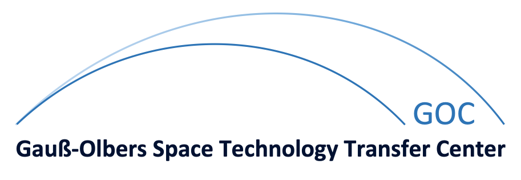Combined Acoustic Echo Cancellation and Noise Reduction based on the Human Auditory System
| Tutor: | Stefan Goetze |
| Type of Thesis: | Diplomarbeit (Dipl.) |
| date of end: | 04/2007 |
| Student: | Shan Zhao |
| Status: | finished |
| ANT-shelfmark: | D-04/07-1 |
| Abstract: | In modern telecommunications systems fundamental requirements are mobility and comfort. For several years, hands-free communication devices offer users the possibility of talking more naturally, without using a handset. Compared to the traditional telephony, hands-free communication leads to several additional problems. One is the feedback of the far-end speaker's voice. The loudspeaker signal is picked up by the microphone and transmitted back to its origin, the far-end speaker. It is perceived by the far-end speaker as an echo. A long transmission delay causes more acoustic echo disturbance. Therefore, the attenuation of the acoustic echo is necessary to prevent the far-end speaker from hearing its echo. Another problem is caused by the noisy hands-free environment, since the distance between the speaker and the microphone may be large. An example is using a hands-free mobile phone at a noisy street or while driving car. For this reason, noise reduction must also be taken into account. By echo cancellation and noise reduction algorithms, the desired near-end speech signal may be distorted. An undisturbed natural speech signal is desired. Therefore, a tradeoff between the echo/noise reduction and the signal distortion must be found. In recent years, the property of the human auditory system is applied to reduce the signal distortion. Different echo cancellation and noise reduction methods have been proposed in the literature. However, the majority of literature considers only one of the described problems, either echo cancellation or noise reduction. Recently, more and more studies focus on systems, which design echo cancellation and noise reduction in combination. In this thesis, a combined acoustic echo cancellation and noise reduction scheme, which integrates the property of the human auditory system directly into the design, is realized. Thus as well the reduction of disturbances as low speech distortion is achieved. |







